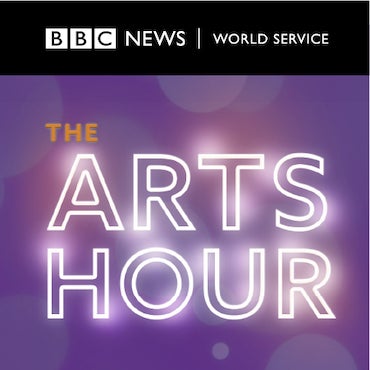Program offers resources and support to young victims
A Philadelphia program tries to offer emotional support and resources after a violent attack.
In a city like Philadelphia, emergency room staff handle an assembly line of shooting and stabbing victims. For many victims, the violence that brought them to the hospital is a constant presence. A Philadelphia program tries to offer emotional support and resources after a violent attack. [audio:100608nshurt.mp3]
It’s the kind of big city news story that rarely warrants more than a few lines – “young man injured in shooting.” Or “young man in critical condition after stabbing”. For emergency room doctors like Hahnemann University Hospital’s Ted Corbin, it’s part of life:
“I see these patients every day, every day. And as long as I’ve been an emergency physician I have seen this type of patient.”
The type, says Dr. John Rich of Drexel University, is usually young and black. When Rich worked at Boston City Hospital, this type elicited little compassion from his colleagues:
“When young people would come in, wearing baggy jeans, and Timberland boots, and baseball caps, it was just assumed they were drug dealers, or they were doing something they shouldn’t been doing, they got shot, and it was kind of their own fault”
Ted Corbin says these young victims get medical attention – and that’s it.
“Status quo is – if they are okay, if we are able to stabilize them, we discharge them and there is nothing else done”
“I met a lot of young people who said “I thought I was going crazy” all these nightmares and flashbacks, and I was completely jumpy, and I had lost emotions, I couldn’t feel fear anymore, I couldn’t feel love”
Rich and Corbin are part of a Philadelphia program called “Healing Hurt People” which functions out of the emergency departments at Hahnemann and St. Christopher’s and is a collaboration between the Drexel University College of Medicine and the School of Public Health. It reaches out to victims of violence while they are still in the hospital, explaining the impact that experience could have on their psyche. Beyond that, the program identifies the most at-risk victims, and connects them to resources that could help them stay out of the ER in the future. Ted Corbin:
“There’s power in that time when someone’s been injured to have an impact on decisions. Decisions of retaliation, decisions on change in particular”
17-year-old Hector is slight and soft-spoken. One day, while out with some friends, he was shot in the hand in a random attack:
“I thought I was going to lose my life, after I got shot, I just wanted to go out there and kill somebody I was really angry, I wanted to take out my anger on somebody.”
Hector started going to a weekly Healing Hurt People support group for young victims, where he began to digest the shooting emotionally, and to set new goals. He worked with his case worker on changing high schools. But then, another violent incident shook his life – now memorialized on the back of Hector’s jacket:
“It says RIP Duane, because he got shot right up the street from my house. Just like me, he was at the wrong place at the wrong time, people came up to him and shot him up. MS: how old was he?
“He was seventeen.”
Duane was Hector’s best friend.
John Rich:
“And so this incident of violence that we were focusing on as the kind of be all and end all, was neither the beginning or the end, but simply the middle of what is a very perilous place for many young black men.”
Duane was killed the night before Hector’s admissions interview at a new high school. His Healing Hurt People case worker, Lee Jameson, picked him up for the interview the next morning:
“I remember that he got into my car and he looked really upset and so I asked him what was wrong and he told me that his friend had died, and I think I asked him if he still wanted to go to the interview and I was really surprised that he said yes, so we went and we did that.”
Hector got in, and is thriving at his new school. He is now talking about college. He says his weekly support group helped him deal with raging emotions after his friends’ death – and he keeps going even though his friends tease him about it:
“Yeah, you really gotta step up, you really gotta be a man to do this little group HAHA.”
John Rich and Ted Corbin say for many young victims like Hector, a visit to the ER department should become a moment when trauma care and public health services connect.
Their project is a bid to increase the chances that violence will lead not to more violence, but a new beginning.
WHYY is your source for fact-based, in-depth journalism and information. As a nonprofit organization, we rely on financial support from readers like you. Please give today.

